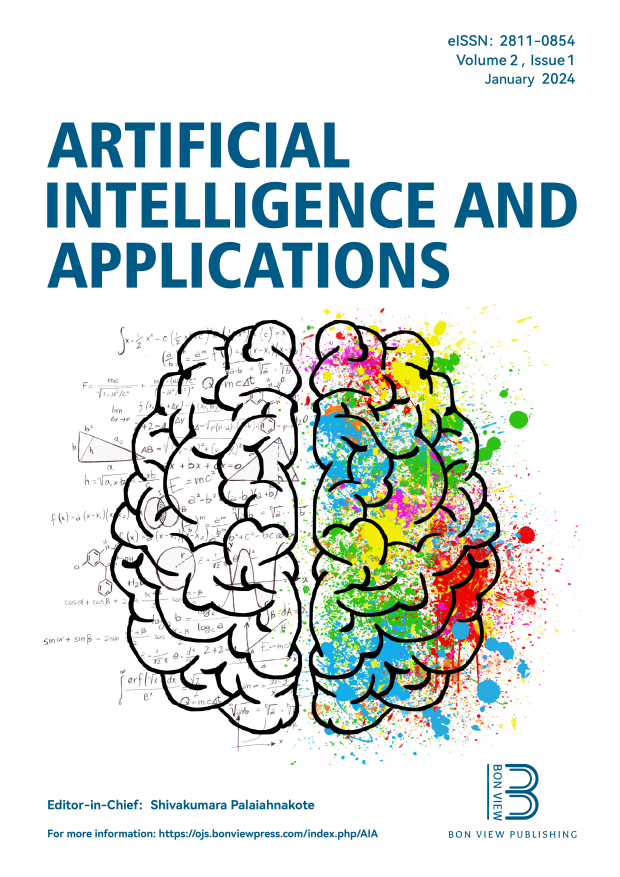Exploring the Capabilities and Limitations of ChatGPT and Alternative Big Language Models
DOI:
https://doi.org/10.47852/bonviewAIA3202820Keywords:
natural language processing, applied AI, conversational AI, machine learning, language model, ChatGPT, Google BARD, dialogue generation, intelligent systemsAbstract
ChatGPT, an artificial intelligence (AI)-powered chatbot developed by OpenAI, has gained immense popularity since its public launch in November 2022. With its ability to write essays, emails, poems, and even computer code, it has become a useful tool for professionals in various fields. However, ChatGPT’s responses are not always rooted in reality and are instead generated by a Generative Adversarial Network (GAN). This paper aims to build a text classification model for a chatbot using Python. The model is trained on a dataset consisting of customer responses to a survey and their corresponding class labels. Many classifiers are trained and tested, such as naive Bayes, random forest, extra trees, and decision trees. The results show that the extra trees classifier performs the best with an accuracy of 90%. The system demonstrates the importance of text preprocessing and selecting appropriate classifiers for text classification tasks in building an effective chatbot. In this paper, we also explore the capabilities and limitations of ChatGPT and its alternatives in 2023. We present a comprehensive overview of the alternative’s performance. The work here concludes with a discussion of the future directions of large language models and their impact on society and technology.
Received: 1 March 2023 | Revised: 26 April 2023 | Accepted: 26 April 2023
Conflicts of Interest
The authors declare that they have no conflicts of interest to this work.
Data Availability Statement
Data sharing is not applicable to this article as no new data were created or analyzed in this study.
Metrics
Downloads
Published
Issue
Section
License
Copyright (c) 2023 Authors

This work is licensed under a Creative Commons Attribution 4.0 International License.






